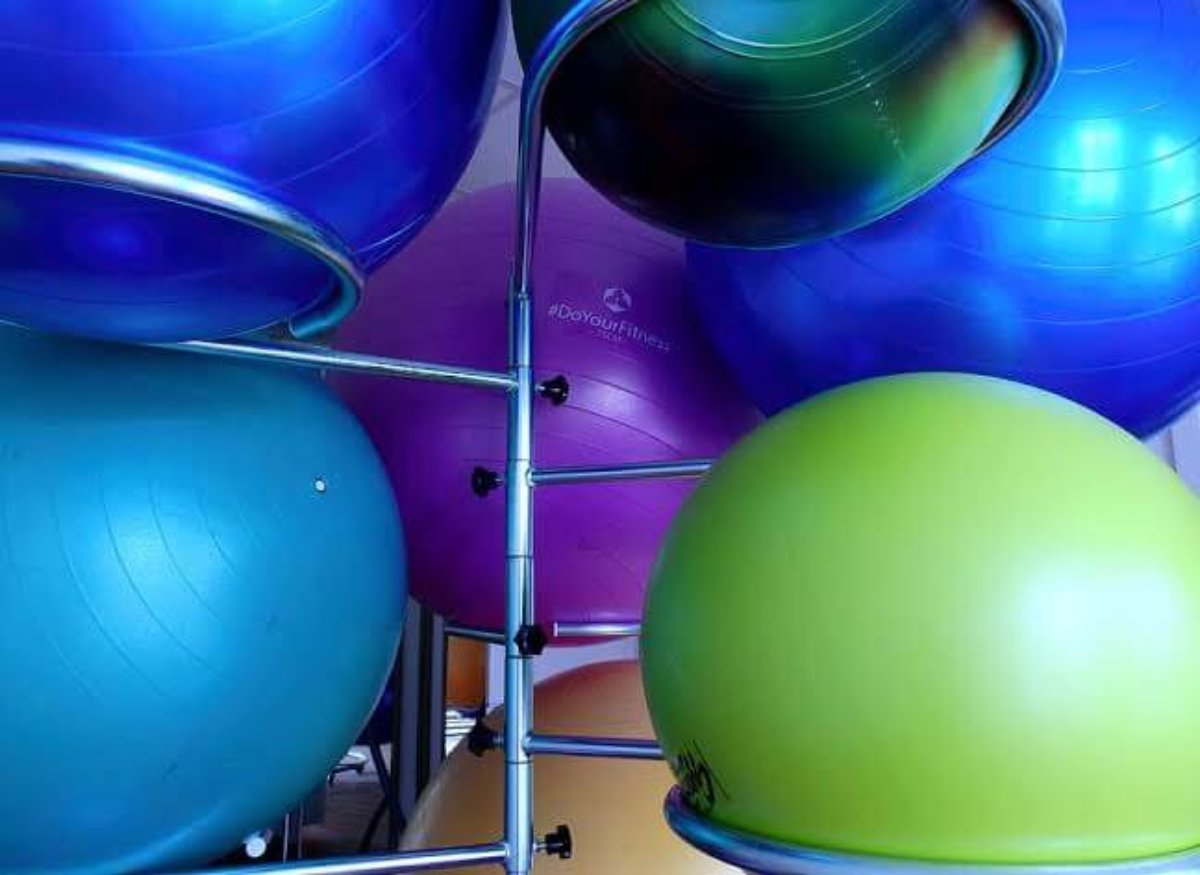It seems to be a curious increase in interest in switching from traditional chairs to pilates ball. What I find fun about this trend is how it’s not new, it’s sometimes presented as something innovative.
In case there are some who don’t know what a pilates ball is, let me quickly summarize. You may also know it as a yoga ball, physical therapy ball, Swiss ball, Pezzi ball, or exercise ball. Do you know those big colored PVC spheres you often see hidden in the corner of the gym? Yes, these things.
I can honestly tell you that they are a very useful tool in the gym and we encourage you to start working one into your workout routine if you haven’t already. However, does that mean they are a viable replacement for your chair at work?
Let’s look at some data from an independent source or sources and compare it with some of the more common claims we see about replacing the office chair with a pilates ball.
Pilates balls are more comfortable to sit on than a table chair
Have you heard or read this once or twice? When I hear this, I have two thoughts in mind that might justify this statement: 1. A stability ball is basically a giant cushion filled with air and 2. There is a larger contact area compared to a chair, allowing you to dissipate your weight over a larger surface area.
However, prolonged sitting on a stability ball does not change the way an individual sits much, but it does seem to increase the level of discomfort. The small changes in biological responses to sitting on a stability ball compared to an office chair, combined with the increased reported discomfort while on the ball, suggesting that its use for prolonged sitting may not be beneficial.
The reason for this discomfort is the way table chair seats are shaped. They are designed to distribute your body mass to the sciatic tuberosity (also known as the sit bones), where we have higher pressure thresholds.
Your core muscles must be activated
Constant low-level muscle activation of the lumbar muscles was observed. However, no significant differences were found in muscle activation when sitting in an office chair compared to a stability ball.
If these “low-level muscles” are under constant activation, it can be deduced that, sooner or later, muscle fatigue will set in. When this occurs, it will result in poor posture, causing back stress. Suddenly, this doesn’t look better than a chair. Just get up and walk once an hour or so. Give those “low-level” muscles a frequent break. That’s what we’re supposed to do when we’re sitting in a chair, right?
Pilates ball helps reduce lower back pain
Several of the studies I have read have failed to confirm this claim and have found no significant statistical difference in the amount of movement in individuals with low back pain, sitting in a chair, or in a stability ball. There were no significant differences observed in a lumbar movement when sitting on a stability ball compared to an office chair, but improved spinal shrinkage was observed.
Shrinkage is never a good thing, least of all when the spine is shrinking! What is the reason for the shrinkage of the spine, you may be wondering? The high muscle and spine load increase compression when you sit on a pilates ball.
You burn more calories while sitting on a pilates ball
Before you get too excited about this fact, remember that the increase in calorie burn will be 4 more calories per hour than sitting on a pilates ball. So if we do the math, during your normal workday, you’re consuming 32 calories a day. To put this in perspective and provide some insight into it, we’re talking about ½ of a small orange. In fact, there’s nothing to get too excited about in my opinion.
So should I use one or not?
If you’re going to keep this up, let’s be smart. First, think about your workstation’s ergonomics. In fact, this is probably where I would start before I commit to giving up my loyal office chair. The height of the ball should be adjusted so that when your feet are flat on the floor, you have a 90-degree bend in the knee and your thighs are parallel to the floor. Your computer monitor should be set up so that when you are looking straight ahead, you are looking at the center of the screen. The arms should be parallel to the spine with a 90-degree angle at the elbow.
Discover more from Pilates All Ages
Subscribe to get the latest posts sent to your email.
